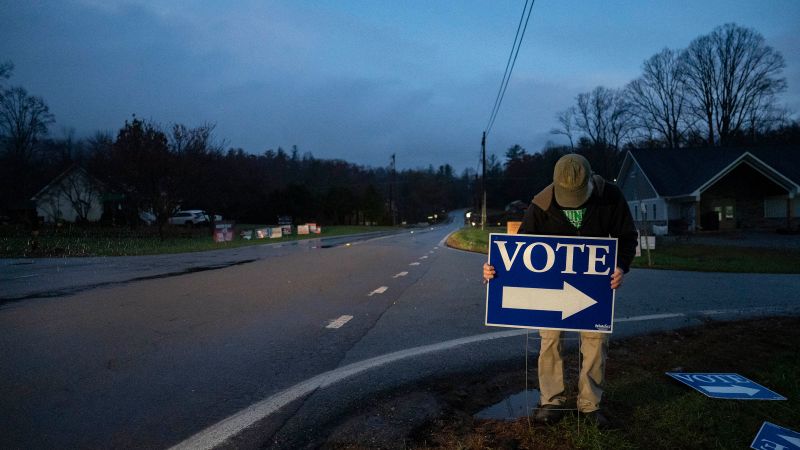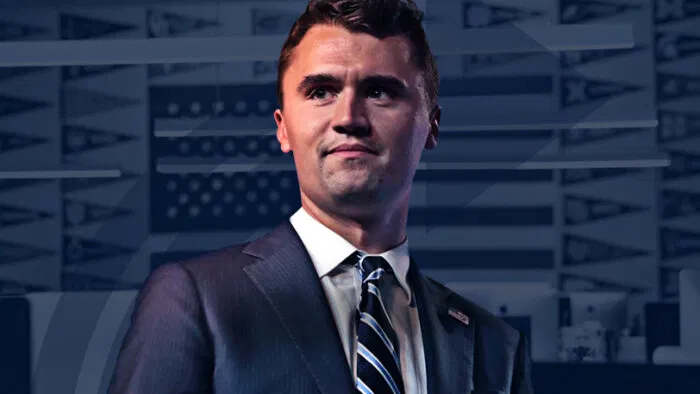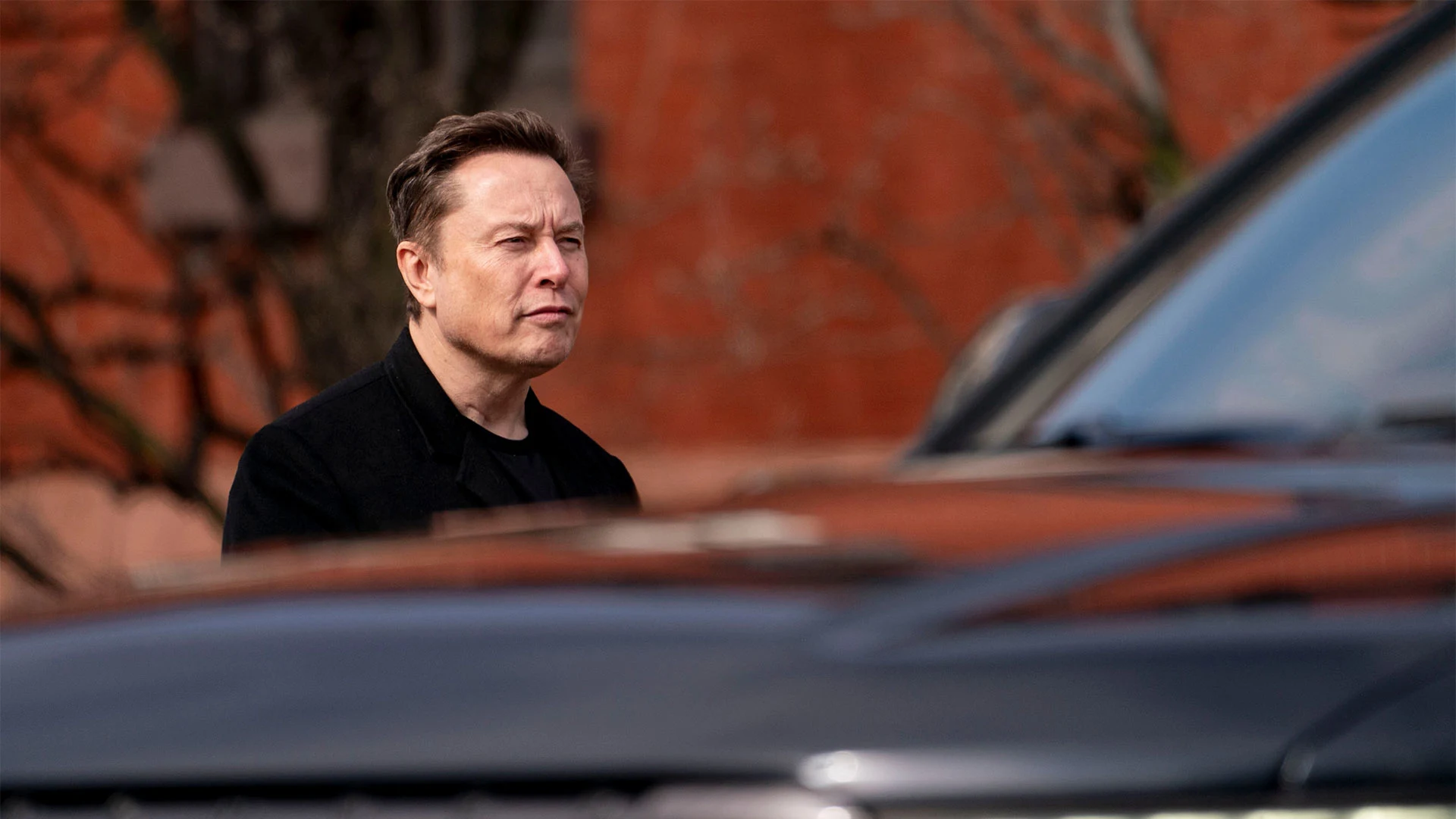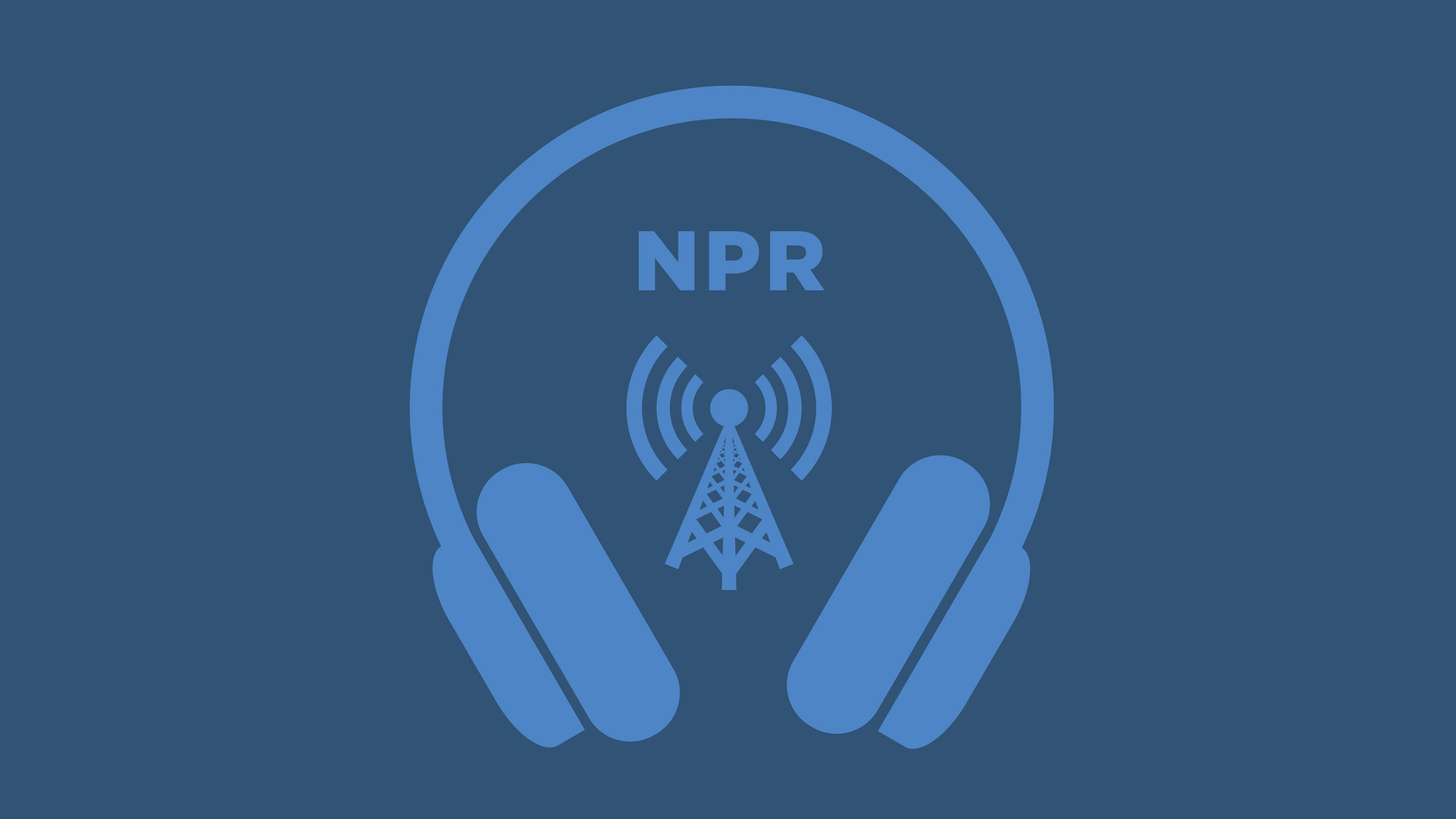
A version of this story appeared in CNN’s What Matters newsletter. To get it in your inbox, sign up for free here.
There are three broad groups of voters you’re likely to read about in American elections: Democrats, Republicans and independents.
More and more voters have identified as independents in recent years, and when independents break one way or the other, they invariably decide who wins.
But independent voters are far from a united group, as CNN’s polling unit shows with a new project that identifies at least five distinct types of independents.
Many independents, it turns out, aren’t really that independent at all. They’re either “Democratic lookalikes” or “Republican lookalikes,” generally supporting one party’s candidates without feeling an affinity for the party itself.
In addition to the Democratic and Republican lookalikes, there are “Upbeat Outsiders,” the “Disappointed Middle” and the “Checked Out.” Learn more here.
I took these five groupings to a top Republican and a top Democratic pollster to find out how they’ll factor into the 2026 midterms.
Kristen Soltis Anderson, the Republican pollster, is a CNN contributor and founder of Echelon Insights. Molly Murphy, the Democratic pollster, is president of Impact Research.
Our conversations, conducted by phone and email and edited for clarity, are below.
Is Democrats’ brand in trouble?
Democrats have an advantage among independent voters in this survey, but it’s primarily because there’s a larger group of voters who are Democrats in all but name. Is this indicative of Democrats’ branding problem or something else?
MURPHY: While these Democratic lookalike voters are critical toward Democrats, — certainly more critical than self-described Democrats are — it may also be a reaction to Trump, who they are incredibly down on, and Republicans, who they’re incredibly down on. Less a rejection of the Democratic Party and more that they are independents who do not identify with Republicans.
SOLTIS ANDERSON: Republicans went through a struggle in the 2010s with members of their own party feeling turned off by the party establishment and label. The tables have certainly turned.
Should Democrats try to appear more progressive or less?
The other interesting thing about Democratic independents is that a majority consider themselves to be progressives, and about a quarter say they’re democratic socialists. Is Democrats’ problem that they aren’t progressive enough?
SOLTIS ANDERSON: Republicans would love nothing more than for Democrats to turn further to the left. The best thing Democrats have in their favor is their actual high-turnout primary voter base isn’t the same as this less-engaged ideologically leftist group, so they have some force providing a check against unelectable candidates emerging from primaries.
MURPHY: Ninety-eight percent of these same voters say that they want Democrats to control Congress. As in any party, you’re going to see different ideologies emerge even among voters who consider themselves to be independent. So I don’t think that it’s indicative of a larger problem with the party, because all of their intended voting behavior and desire for leadership aligns with the overarching Democratic umbrella.
What makes a moderate?
As a pollster, what would you say are the views that make a voter moderate?
MURPHY: What tends to align for moderates is a fairly large emphasis on economic issues and maybe a dissatisfaction with either party. Whether that’s correlation or causation is hard to know. I think it isn’t that they, from a policy standpoint, always take a more moderate approach as much as it’s a leadership quality: an emphasis on getting things done and bipartisanship focus on issues that affect the many rather than the few.
SOLTIS ANDERSON: Sometimes it is that people have weakly held views on everything, sometimes it is that they truly are middle-of-the-road — but more often than not it is because people take a little from Column A and a little from Column B, not agreeing wholeheartedly with one ideology or another all the time.
How do you re-engage the disappointed middle?
The disappointed middle thinks it’s important to vote, but they hate the parties and the system. How do you go about reengaging this turned-off but civic-minded voter?
SOLTIS ANDERSON: A populist, outsider message — delivered credibly, because these voters smell phoniness a mile away — is the way.
MURPHY: They’re going to vote. So it’s not about engaging them; it’s persuading them. If you look at the numbers with them, they’re a real jump ball in terms of who they are going to vote for. They are more likely to potentially vote for the person rather than the party, because of their dissatisfaction with the party as a whole. And they also want to see major reforms in the system. To me, that says they need to see leaders who are embodying the sorts of changes that they want, and who are willing to sound a little different and call out the problems in the country the way they see them — without reinforcing cynicism, but understanding it.
Will abortion rights continue to be a top issue?
Where Republican lookalikes break most with the party is on the issue of abortion. But in the wake of Democrats’ loss in 2024 after Roe v. Wade, has the potency of abortion and reproductive rights diminished?
MURPHY: Don’t get me on my soapbox about this. Abortion was a really important issue to voters in 2024. It was the deciding factor in a lot of the close Senate races and some of the governor’s races, in terms of electing Democrats, even in states where Trump won at the top of the ticket. Voters do care about this issue. They will vote on this issue when they have concerns that abortion rights in their state or in the country are threatened. It isn’t a cure-all for all the other problems, and I think when you see the defection rate among Republican leaning independents on abortion, it tells you that that party continues to be grossly out of step with voters, even those who overwhelmingly would otherwise vote Republican.
SOLTIS ANDERSON: Pocketbook issues are overriding a wide range of other issues right now.
Is crime the new immigration?
The Democrats in name only are most likely to break with the party on crime. Is crime going to replace immigration as Republicans’ pressure point issue in 2026?
SOLTIS ANDERSON: The politics of immigration are shifting as voters conclude that the fire has been put out and the border has become more secure. Crime remains a concern even among those who feel immigration enforcement has done its job and is now perhaps going too far.
MURPHY: Democrats who take a strong position on crime, and who are willing to talk about solutions to crime that include being tougher and not shy away from the issue, tend to do really well. There is a proven path for Democrats who are willing to take up this issue and talk about it with credibility. And I think that will continue to be the case.
Tougher on crime is not the message of some top Democrats, like Zohran Mamdani
But some of the most notable Democratic candidates today have very different views.
MURPHY: A lot of emphasis gets placed on the individual candidates who take a more liberal position on crime and policing, and it ignores the wide swath of Democratic elected officials and candidates who don’t take that position. The more you have Democrats who are the (Democratic candidate for governor in New Jersey) Mikie Sherrills and (Democratic candidate for governor in Virginia) Abigail Spanbergers who take a more common-sense approach to crime, it is a counter to that. Individual candidates in any party are going to run on their own platform and ideals. That’s the nature of political parties. The problem becomes letting a few candidates or a fringe position within the party become the defining position of the party, which I don’t adhere to.
What’s with Republicans who don’t see themselves as MAGA?
Republican lookalikes are less likely than Republicans to consider themselves MAGA. What’s the message there for candidates?
SOLTIS ANDERSON: Republicans need a message about the issues that draw people toward their party rather than the president himself.
MAGA vs. Republican
Is MAGA a different brand than Republican at this point?
MURPHY: Everything I’ve seen, including in focus groups and in data, is that MAGA is now the Republican Party. People who don’t adhere to that, more and more, are probably falling into these Republican lookalike definitions where maybe 10 years ago they were just Republicans. At this point they might become an independent as opposed to being a Republican, because it’s just disappearing.
SOLTIS ANDERSON: I still think of them as quite different. About half of the Republicans in my surveys do think of themselves as “Trump supporters” first and foremost, but the other half think of themselves more as supporting the party.
Is this a normal level of anger?
A majority of every group but the Republican lookalikes is either full-on angry or at least dissatisfied with Trump’s policies. Is that what you’d expect for a president heading into a midterm or is this something different?
SOLTIS ANDERSON: Voters have persistently felt government has under-delivered relative to their expectations. Their disappointment is why we seem to have “swing” elections every two years. It is much easier to be the opposition in this era.
MURPHY: I think this looks bad for Trump. With a picture of this universe of independents, you would rather be a Democrat than a Republican. And you’d certainly rather be a Democrat than be Trump, in terms of their perceptions of Trump and the policies. It is consistent with Trump’s approval rating dropping since taking office, and the bulk of his policies at this point being net negative nationally. And so I’m not surprised that independents are following a similar path
What’s the secret to motivating people to vote?
What does this polling tell you about how to motivate new or dissatisfied voters in 2026?
MURPHY: That we may very well still be in a change electorate, and that voters were in a change mindset in 2024. It doesn’t look like that’s abated. It doesn’t look like voters are feeling like they got the change they wanted. Their satisfaction and embrace of the parties has not changed. They don’t believe that the system is working. Engaging and building that voter trust is by being able to talk about the need for change in the system. If you’re a Democrat, that change needs to have a particular flavor toward how Trump and Republicans are not only not changing the system, but making it worse.
SOLTIS ANDERSON: I still think pocketbook issues and cost of living will drive this election. People who are not strongly ideological just want an economy and a government that works for them.
What will win the next election?
Will 2026 be more about changing minds or getting people who already have an opinion to actually show up?
SOLTIS ANDERSON: Donald Trump has remade the GOP coalition by bringing in “unlikely voters.” Republicans now do better when turnout is high. They need those unlikely or loosely tuned-in voters to come out even when it isn’t a presidential year.
What sticks out about these independent voters?
Is there anything in this polling that particularly caught your eye?
MURPHY: The Democratic lookalikes are double the size of your Republican lookalikes. You can take a glass-half-full or glass-half-empty approach to that. On one hand, you could certainly say, why aren’t they Democrats? But what I look at is these are independent voters who don’t feel affiliated with either party, but today would vote for Democrats almost 10 times out of 10 in terms of what their preferences are. Especially if you remove the checked-out voters and assume they don’t turn out, Democrats would win a sizable majority, by my math, of these independent voters today, just based on who they prefer to control Congress, which is a decent proxy for generic ballot preference.
Should you try to reach people who don’t vote?
The largest group of independent voters we identified is the checked out. It’s more than a quarter of unaffiliated voters and they nearly all opted out of the 2024 presidential election. Do you even try to reach the kind of voter that’s not interested in voting?
SOLTIS ANDERSON: If someone isn’t voting in presidential elections, persuading them to participate in a midterm, where turnout is consistently lower, is going to be extremely challenging.



